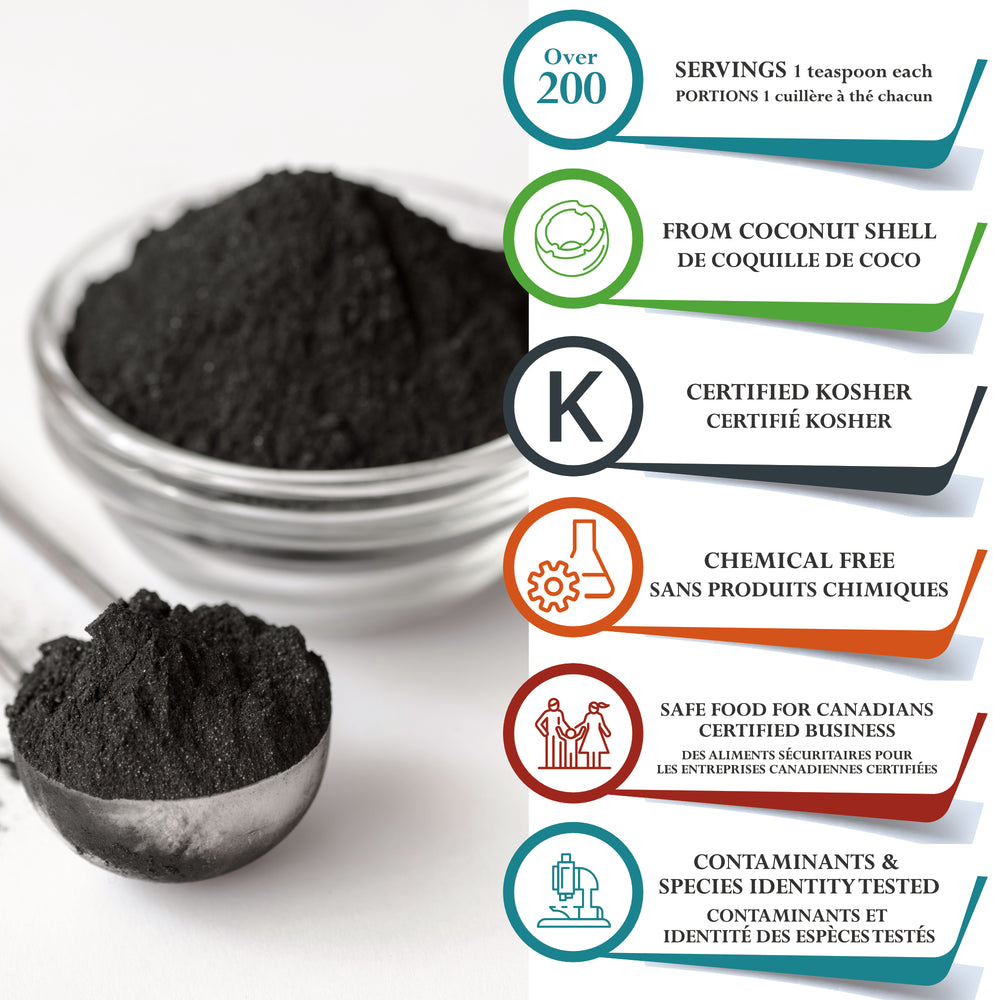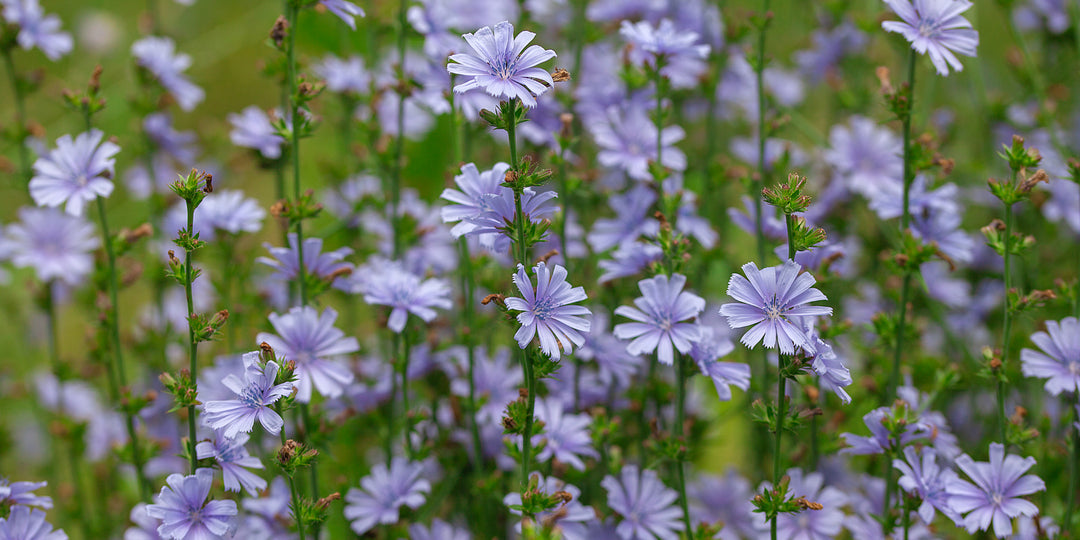Mullein - a Powerful Support for Your Lungs

Botanical source: Mullein is a tall biennial that can reach up to 6-8 feet in height, with hairy leaves up to 12 inches long arranged in a spiral. First year mullein produces a rosette of leaves that stays at ground level; second year mullein shoots up the flower spike with alternate leaves. Flowers are Five-petaled and typically yellow. Mullein is found in temperate and tropical mountain areas in parts of Asia and Africa, as well as eastern Europe.
CAUTION: Avoid confusion with goldenrod (Solidago species), also known as Aaron's rod. There is confusion as to which Verbascum species are associated with the name American mullein and which are associated with the name European mullein.
Latin Name: Verbascum thapsus
Most popular modern use :
Orally, mullein is used for respiratory tract mucous membrane inflammation, cough, whooping cough, tuberculosis, bronchitis, hoarseness, pneumonia, earaches, colds, chills, and flu, swine flu, fever, allergies, tonsillitis, and tracheitis. Other uses include asthma, diarrhea, colic, gastrointestinal bleeding, migraines, and gout. It is also used as a sedative, narcotic, diuretic, and antirheumatic. The root is used for croup.
Topically, mullein is used for wounds, burns, hemorrhoids, bruises, frostbite, erysipelas, and inflamed mucosa. The leaves are used topically to soften and protect the skin
Dried mullein leaves are smoked for relaxation and respiratory conditions.
In manufacturing, mullein is used as a flavoring component in alcoholic beverages.
Leaves, flowers and root are used medicinally.
HIstory: Like many plants of European origin, mullein was credited with power over witches and evil spirits.

It was considered one of 23 important healing herbs in medieval Jewish medical practice. Mullein's large stalk was used as a ceremonial torch as far back as ancient Rome.
Stripped of its leaves and dipped in tallow, the cylindrical spike could hold a flame when carried aloft from place to place. One name for mullein is miner's candle. During the 1849 California Gold Rush the mine shafts were aglow with mullein torches carried by the prospectors. The leaves were used as tinder to start fires, or as a smudge, burned over the embers of Native American campfires.
 The smoke was inhaled to relieve pulmonary congestion. Mullein leaf, which some tribes called "big tobacco," was mixed with nicotine leaf and smoked to relieve asthma .
The smoke was inhaled to relieve pulmonary congestion. Mullein leaf, which some tribes called "big tobacco," was mixed with nicotine leaf and smoked to relieve asthma .
The leaves were boiled to make a hot poultice to treat gout and painful joints. Mullein's thick, soft leaves lined the shoes of many common folk during the winter months to provide extra warmth. The leaves were also warmed over a hot rock and fitted to the foot to relieve fatigue . Figs were wrapped in the leaves to ripen and keep, and the flowers were used to add blonde highlights to the hair, or soaked in oil to make ear drops.
Mullein leaf and flower were listed as an official medicine in the United States National Formulary from 1916 to 1936. The plant contains mucilage, triterpene saponins, volatile oil, flavonoids, and bitter glycosides.
For centuries, mullein is valued as a demulcent, emollient, antispasmodic, astringent, diuretic, vulnerary, and expectorant.
Mullein is approved by the German Commission E, an advisory panel forherbal medicine, for treatment of respiratory catarrh. Studies have confirmed the anti-inflammatory action of mullein. Mullein tea, made from the flowers and leaf, is a beneficial remedy for bronchitis, sore throat, tonsillitis , dry coughs, and hoarseness. The flowers have bactericidal and sedative properties and are generally considered more medicinally potent than the leaves. Their bactericidal activity was confirmed by researchers at Clemson University, who reported in 2002 that mullein extracts are effective against several species of disease bacteria, including Staphylococcus aureus, Staphylococcus epidermidis, Escherichia coli, and Klebsiella pneumoniae.
Aside from supporting the lungs and ears, the herb may also be helpful for musculoskeletal misalignments, pain, and injuries, especially to the spine. Wood explains that mullein’s lubricating effect helps hydrate joints and increase synovial fluid, and he has even used mullein to heal broken bones that are difficult to set (Wood, 2004). Herbalist Jim McDonald relays a personal story of waking up with a bad back, seeking out mullein root for a tea, feeling completely better after one sip (mcdonald, n.d.). Likewise, Kiva Rose Hardin (2009) has found mullein useful in easing the pain of arthritis, chronic joint pain, and broken bones.
Scientists have determined that mullein has anti-inflammatory properties (Speranza et al., 2009) and anti-influenza properties in vitro (Rajbhandari et al., 2009).
Harvesting: Mullein leaves should be harvested before the herb is in blossom, leaving at least two thirds of the foliage on the plant. The flowers should be harvested just as they open. Blossoms are short-lived and drop easily from the plant. Roots are best harvested in the fall of the year. Leaves and blossoms should be dried in a single layer on paper-lined trays in a light, warm, and airy room out of direct sunlight. The medicinal properties of the flowers are diminished if they lose their color, so care should be taken in the drying process.
Preparations:
Infused oil: Combine one cup of mullein blossoms in one-half cup of olive oil in a glass double boiler over low flame. Heat slowly for about three hours. Strain with cheesecloth to remove all plant parts. Pour the oil into small, dark glass bottles, tightly sealed and clearly labeled for storage. A cold infusion can also be prepared. Cover flowers in olive oil in a glass container with a lid and set aside on a sunny windowsill to steep for seven to 10 days. Strain before storing in dark glass bottles.
Infusion: Place 2 oz of finely cut fresh (less if dried), mullein leaf and blossoms can be used, in a warmed glass container. Bring 2.5 cups of fresh, non chlorinated water to the boiling point add it to the herbs. Cover. Infuse the tea for about 10 minutes. Strain carefully, as mullein's fine hairs are an irritant. The blossoms are sweeter to the taste than the leaf. The prepared tea will store for about two days in the refrigerator. Drink three cups a day.
Syrup: Using blossoms or leaves, prepare a strong infusion of mullein. Combine the infusion with a 50/50 mixture of honey and brown sugar. Use 24 oz of sweetener for each 2.5 cups of the herbal infusion. Heat mixture in a glass or enamel pot; stir frequently as the mixture thickens. Cool and pour into a clearly labeled glass bottles. Refrigerate for storage. Take 1 tsp of syrup three times a day, or every two hours if needed for chronic coughs.
Tincture: 2.5-5 mL of 1:5 in 40% three times/day (Dosage information from Medical Herbalism by David Hoffmann).
Tea: 2 teaspoons dried leaf or flower steeped for 15 minutes in one cup boiling water, three times/day.(Dosage information from Medical Herbalism by David Hoffmann).
Topical (Earache): Applied to the ear topically, short-term. A specific combination product containing mullein, garlic, calendula, and St. John's wort in olive oil has been used in the ear three times daily for up to 3 days (Sarrell, E. M., Cohen, H. A., and Kahan, E. Naturopathic treatment for ear pain in children. Pediatrics 2003;111(5 Pt 1):e574-e579)
Benefits with growing research and popularity:
Antibacterial effects: Laboratory research suggests that various mullein species exhibit activity against strains of Staphylococcus aureus, Trichophyton mentagrophytes, Klebsiella pneumonia, Staphylococcus epidermidis, and Escherichia coli (Turker AU, Camper ND. Biological activity of common mullein, a medicinal plant. J Ethnopharmacol 2002;82:117-25,Tadeg, H., Mohammed, E., Asres, K., and Gebre-Mariam, T. Antimicrobial activities of some selected traditional Ethiopian medicinal plants used in the treatment of skin disorders. J Ethnopharmacol 8-22-2005;100(1-2):168-175).

Anthelmintic effects: Laboratory research suggests that an aqueous methanolic extract of the aerial parts of mullein can induce paralysis of adult roundworms (Ascaridia galli) and tapeworms (Raillietina spiralis), comparable to albendazole. Paralysis occurred faster with higher concentrations of the extract (Ali N, Ali Shah SW, Shah I, et al. Anthelmintic and relaxant activities of Verbascum thapsus Mullein. BMC Complement Altern Med 2012;12:29).
Anti-inflammatory effects: There is interest in using mullein for its anti-inflammatory properties. An important aspect of inflammation deals with the generation of reactive oxygen species, and laboratory research suggests that an extract made from mullein flowers exhibits dose dependent free radical scavenging activity, likely related to the polyphenol content, but also possibly because of caffeic, ferulic, and rosmarinic acids, quercetin and apigenin. It also inhibits tumor necrosis factor-alpha induced intracellular adhesion molecule 1 at higher concentrations. (Grigore A, Colceru-Mihul S, Litescu S, Panteli M, Rasit I. Correlation between polyphenol content and anti-inflammatory activity of Verbascum phlomoides (mullein). Pharm Biol 2013;51(7):925-9)
Antioxidant effects: Acteoside, also known as verbascoside, a component of mullein, is thought to play a role in its antioxidant activity. However, caffeic, ferulic, and rosmarinic acids, quercetin and apigenin may also play a role (Aligiannis, N., Mitaku, S., Tsitsa-Tsardis, E., Harvala, C., Tsaknis, I., Lalas, S., and Haroutounian, S. Methanolic extract of Verbascum macrurum as a source of natural preservatives against oxidative rancidity. J Agric.Food Chem. 12-3-2003;51(25):7308-7312,Ali N, Ali Shah SW, Shah I, et al. Anthelmintic and relaxant activities of Verbascum thapsus Mullein. BMC Complement Altern Med 2012;12:29). The activity of acteoside is superior to natural a-tocopherol. (Aligiannis, N., Mitaku, S., Tsitsa-Tsardis, E., Harvala, C., Tsaknis, I., Lalas, S., and Haroutounian, S. Methanolic extract of Verbascum macrurum as a source of natural preservatives against oxidative rancidity. J Agric.Food Chem. 12-3-2003;51(25):7308-7312.)
Antispasmodic effects: Laboratory research suggests that an aqueous methanolic extract of the aerial parts of mullein produces a concentration dependent relaxation of spontaneous contractions in dissected jejunum. This is possibly mediated through actions on voltage sensitive L-type calcium channels (Ali N, Ali Shah SW, Shah I, et al. Anthelmintic and relaxant activities of Verbascum thapsus Mullein. BMC Complement Altern Med 2012;12:29).
Antitumor effects: Laboratory research suggests that a constituent isolated from mullein flowers, saponin glycoside and its aglycon, directly inactivates ribosomes, which may be beneficial in inhibiting protein synthesis in tumor cells (Galasinski, W., Chlabicz, J., Paszkiewicz-Gadek, A., Marcinkiewicz, C., and Gindzienski, A. The substances of plant origin that inhibit protein biosynthesis. Acta Pol.Pharm. 1996;53(5):311-318).

Mullein interactions with Herbal Supplements and Prescription Drugs:
It is a rare pleasure to write about a highly beneficial herb and state " There are no known negative interactions with other herbal supplements and prescription drugs, nor is it known to interfere with pre-existing health conditions". (https://naturalmedicines.therapeuticresearch.com/databases/food,-herbs-supplements/professional.aspx?productid=572#interactionsWithDiseases). Of course, we are all different, with unique sensitivities, and one should do their own research as well, but as it stands today, mullein is a treasure, when the weather turns cold!





Leave a comment